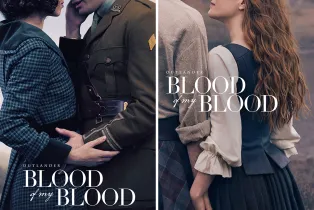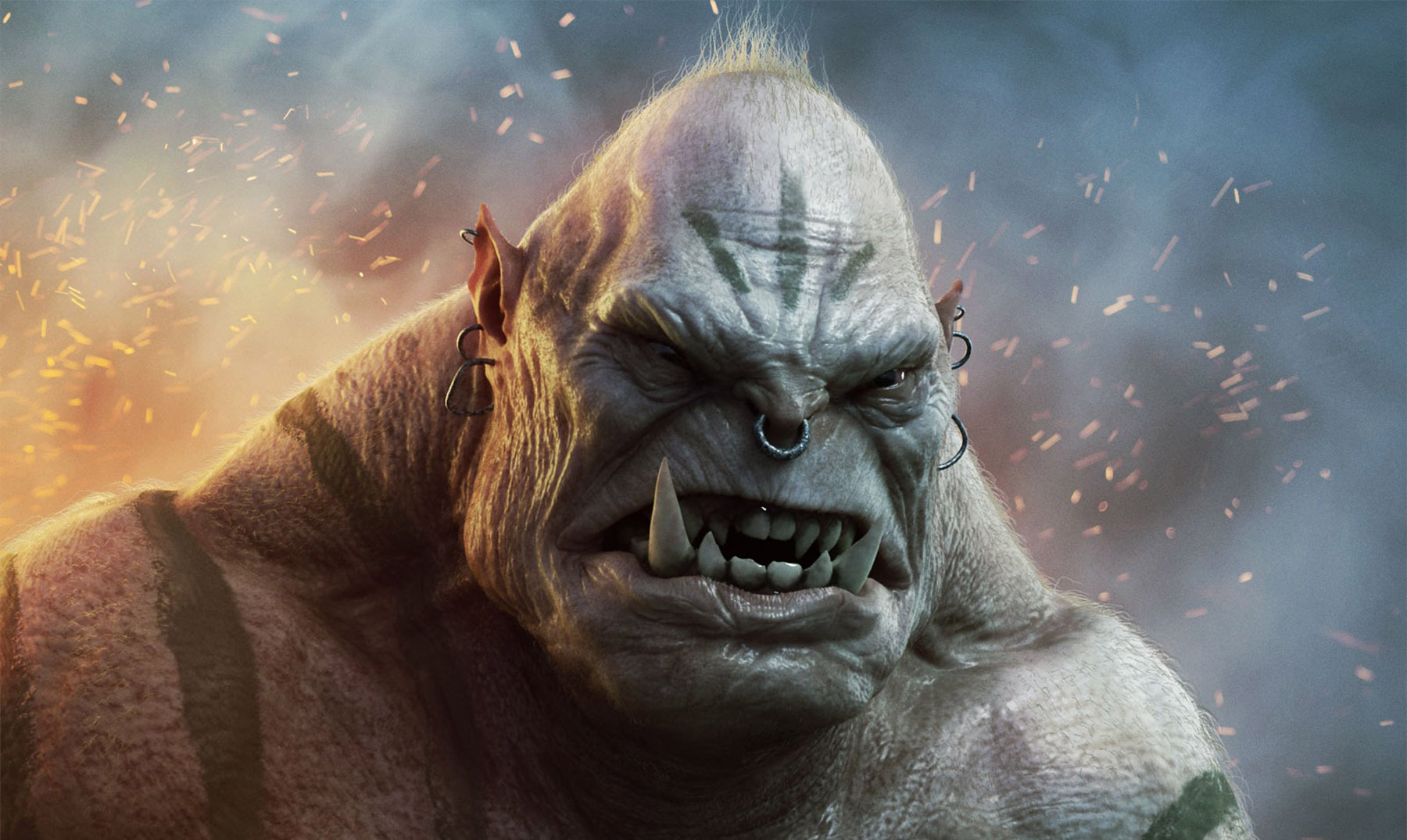Origin of the Order of the Knights of the Round Table
The legendary Order of the Knights of the Round Table arose from the legends of King Arthur, becoming a symbol of equality, honor, and chivalry.
The iconic Round Table, a gift from King Leodegrance, eliminated the usual hierarchy: all knights, regardless of rank, occupied an equal place. This circular format represented a revolutionary model of justice for the medieval era.
Instead of nobility by blood, knights were chosen for their valor, loyalty, and moral purity, marking the beginning of a community bound by ethical principles rather than lineage.

Purpose of the Knights of the Round Table according to myth
Arthurian knights were not just warriors. They were defenders of the weak, promoters of peace, and guardians of a code of chivalry based on Christian faith, justice, courage, courtesy, and truth. This code required acting wisely, even in battle, and being a model of virtue.
The Order aspired to build a kingdom where power was balanced by compassion. Their ideal transcended war: they sought a world where chivalric honor guided every decision, marking the difference between simple soldiers and true moral heroes.
Eternal legacy of the Knights
The legacy of the Knights of Camelot has left its mark on centuries of literature, art, and cinema.
Writings such as Le Morte d'Arthur or the tales of Chrétien de Troyes consolidated his myth, turning characters like Lancelot, Gawain and Percival into archetypes of the chivalric hero.
The Round Table has become a global symbol of brotherhood, unity, and ethical leadership. Today, its history inspires ideals of just leadership, cooperation, and collective responsibility in both medieval and modern contexts.

The quest for the Holy Grail in the legends of the Knights of the Round Table
Among the most important exploits recounted is the search for the Holy Grail, the sacred cup that, according to tradition, collected the blood of Christ.
This spiritual challenge revealed who was worthy according to their faith, purity of heart, and capacity for sacrifice.
Knights like Galahad, Bors, and Percival embarked on this mystical journey, facing internal and external trials. The quest divided the order and showed that the true enemy was not a dragon, but human weaknesses: pride, envy, and desire.
The Grail symbolized the unattainable ideal, marking the peak and, at the same time, the fracture of brotherhood.
The Story of King Arthur and the Battle of Mount Badon
According to the stories, the Battle of Mount Badon cemented King Arthur's position as a military leader.
Despite being outnumbered, he united the British clans against the invading Saxons, achieving a decisive victory.
This victory ensured peace in Britain for years and elevated Arthur as a symbol of resilience, unity, and strategic wisdom.
His reign represented the balance between the sword and the law, between the leader and the servant.

The complexity of Lancelot and the king's salvation within the legends
Sir Lancelot, perhaps the most famous of knights, struggled between duty and affection.
During a siege, he disobeyed orders to save Arthur, displaying unwavering loyalty. However, his actions caused internal conflict and distrust.
His complex figure, somewhere between hero and traitor, reflected the struggle between personal ethics and the rules of the order, anticipating the fall of Camelot.
The Return of Excalibur: The End of the Arthurian Legends
After Mordred's betrayal and the tragic Battle of Camlan, Arthur, gravely wounded, ordered Sir Bedivere to return the sword Excalibur to the enchanted lake.
Although he hesitated, Bedivere finally threw the sword, and a magical hand emerged from the water to receive it. This moment marked the close of the heroic cycle and symbolized the king's possible resurrection, a promise of his return in the darkest times.
The myth that still inspires
Today, the myth of the Knights of the Round Table continues to inspire. Their struggle for a more just world, based on ethical values, equality, and sacrifice, resonates in contemporary culture.
It is not just a medieval legend, but a moral compass that still guides those seeking honor, truth, and meaningful leadership.
Don't forget to visit our Medieval Shop , where you'll find tons of Medieval Knights merchandise and much more.









